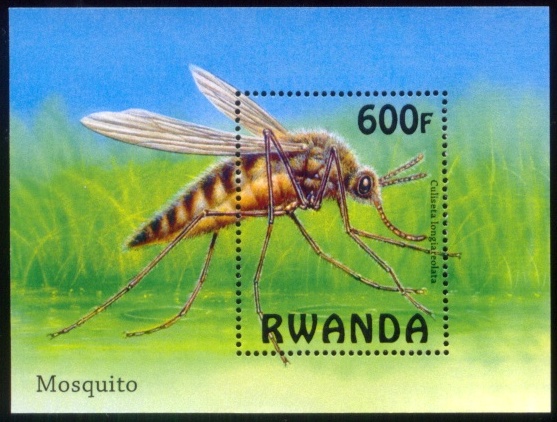Research into the declines of some species of farmland birds have shown that there is no single reason, but that different species have reacted to different factors, and that often, declines are associated with more than one factor impacting on a species simultaneously. Loss of insect food could be a major factor.
Research has shown that the main factors driving declines since 1970 are:
The loss of mixed farming causing a loss of habitat diversity, leading to less diversity of plants and animals, and fewer opportunities for birds to forage in different habitats throughout the year. The increased use and efficacy of pesticides leading to the loss of insect food and weed seeds. Changes in crops grown, such as the loss of spring crops which provide nesting habitat for lapwings Vanellus vanellus and better habitat for other ground-nesting birds such as skylark Alauda arvensis, yellow wagtail Motacilla flava and corn bunting Miliaria calandra. Also loss of winter fallow habitats, such as winter stubbles, which are important for winter foraging.
Large areas of single crops can have dramatic impacts on the abundance of less mobile invertebrates, particularly when insecticides are used. Many changes in grassland management have led to a reduction in the abundance of seeds and insects, and the quality of grassland as a nesting habitat. These include increased stocking rates, more efficient grazing systems, increased nutrient inputs, reseeding and the switch from hay to silage. Increased field sizes have caused the loss of nesting habitat for some species, but more importantly, the loss of insect-rich foraging habitat and weedy field margins. Field drainage has not only removed wetland habitats, but also damp areas with more soil invertebrates that provided food for birds such as tree sparrows, reed buntings and yellow wagtails. Predation has had an additive effect to the impacts of pesticide use on grey partridges and the loss of nesting habitat on some local populations of lapwings when populations are already at low levels. Many predators, such as foxes and crows, have increased since 1970.
Population trends of common birds of prey have been largely stable since the mid-1990s, apart from the buzzard, which has increased substantially. Sparrowhawk numbers climbed in arable England in the 1980s and the increase in buzzard numbers started in the 1990s, both after the sharpest decline of the farmland birds occurred. Weather has an impact on all bird species: the harsh winters experienced in the late 1970s and early 1980s hit resident species hard, but these were interspersed with milder winters when most species recovered. This could have had an additive impact on birds that were also struggling for other reasons. Much of the annual variation in population trends is related to weather, with stable species declining in years with poor weather (such as cold winters or dry summers) but bounce back in better years.
To date, weather-related factors have not been found to cause any long-term declines. There are a number of declining bird species which make an annual migration across the Sahara, including two declining farmland birds: the turtle dove and the yellow wagtail. The decline of turtle doves has been linked to the shortage of summer seed sources on farmland, but it is also likely that factors affecting them on their migration routes or wintering grounds are exacerbating this decline.
Source: Royal Society for the Protection of Birds (RSPB), 04 September 2009
http://www.rspb.org.uk/ourwork/farming/advice/conservation/explanation/…

- Login om te reageren
